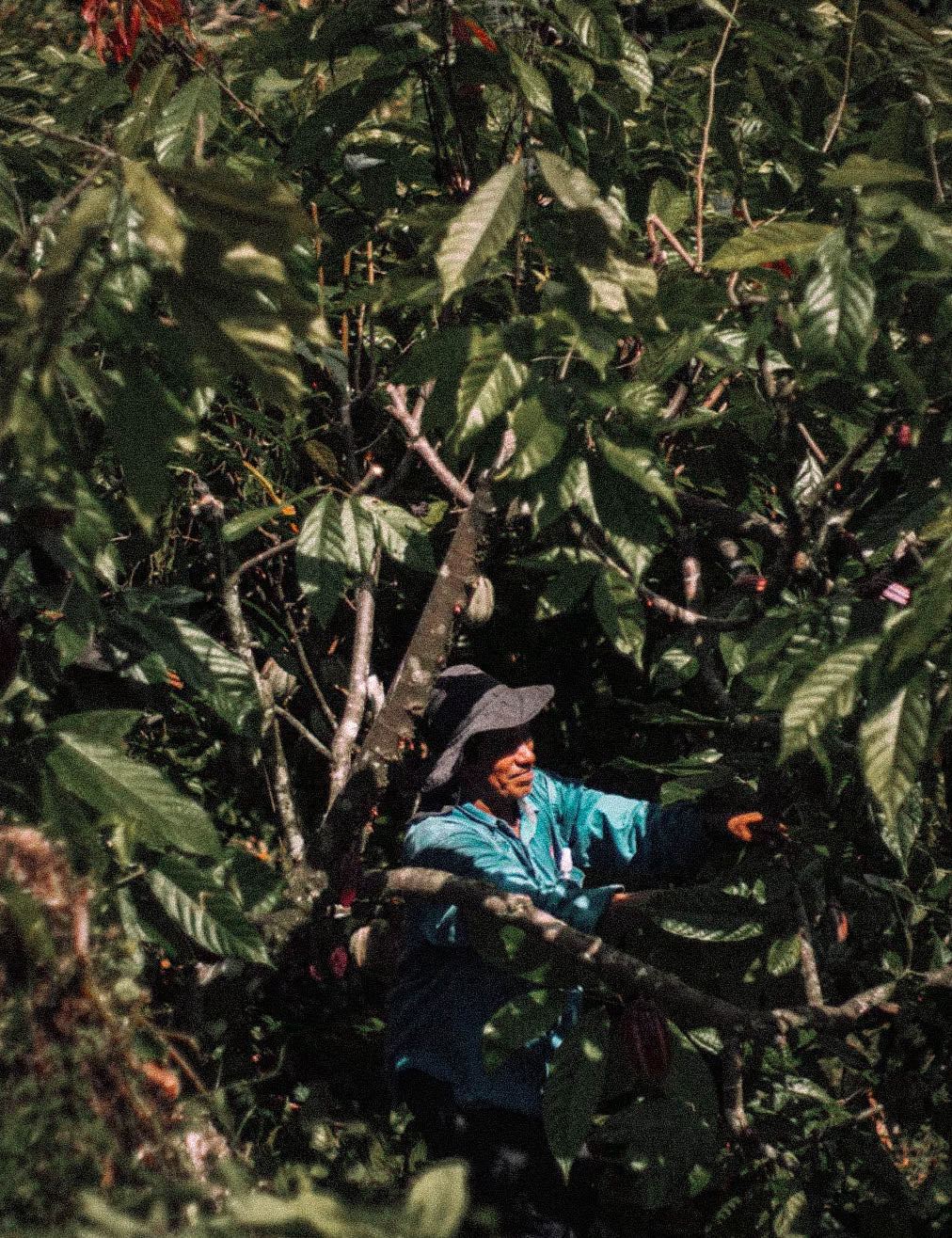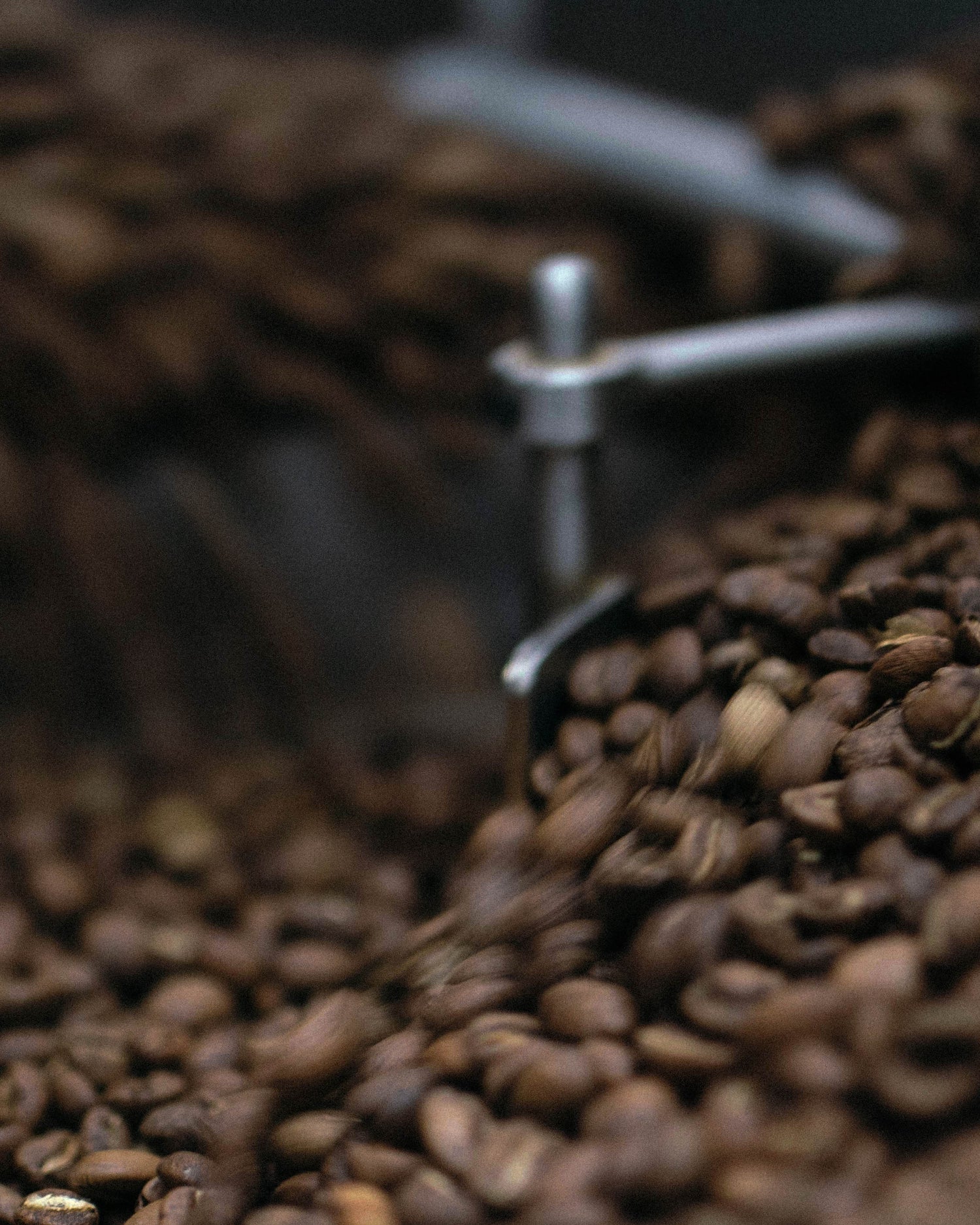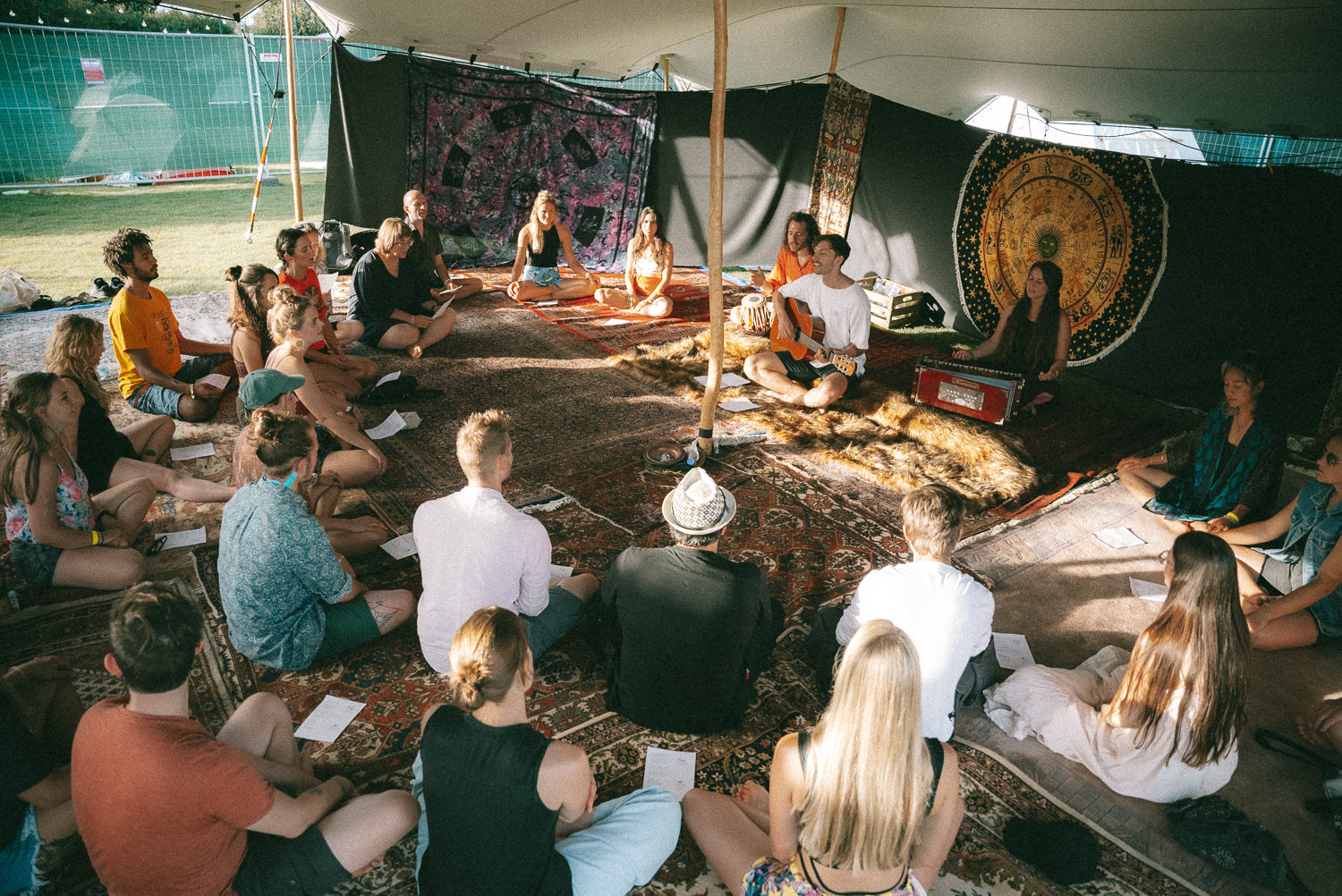Our mission is to build a bridge between our modern world and the forgotten powers of cocoa.
In its natural form, cocoa and its positive effects on the body and mind were already valued by indigenous cultures over 4,000 years ago. However, over the last few centuries, its status as the "food of the gods" has been lost. Instead, cocoa is now mostly associated with a sugary sin - chocolate.
At cosmika, we have made it our mission to revive the love for the original form of the brown bean as a complex, wholesome food in the world.
But we also needed time to discover the forgotten and healing powers of cocoa: If we had met five years ago, we would not have embarked on this journey together. Because before our paths crossed, everyone had to have their own experiences first.

We are Luisa, Ingo & Roman, three friends whose love for cocoa was awakened in very different ways. But whether in Mexico, Guatemala, Thailand or Germany - with every sip of cocoa we became more aware that this food is more than just the basis for chocolate. Cocoa is a symbol of the diversity and beauty of nature, a source of infinite energy and nutrients. A way to connect with nature, yourself and others.
This realization made us want to share our experiences with other people. Even before we met, we all wanted the same thing: to show others the special effects of cocoa beans and to raise awareness of their versatile uses.
Our journey to cocoa is no longer just part of our individual story, but also part of our shared story. For us, cocoa is a source of inspiration and motivation that we want to share with others - for a healthier, more sustainable and more loving world.
THE JOURNEY OF THE COCOA BEAN

The journey of the cocoa bean from the plantation to the cup is a fascinating one. Originally native to the tropics of Central and South America, the cocoa tree has the botanical name Theobroma Cacao, which comes from the Greek and means "food of the gods" - a reference to the ancient worship of the plant by indigenous peoples.
On the plantations in Peru and Costa Rica, where our cocoa grows, the yellow to violet colored cocoa fruits ripen directly on the trunk of the tree and are cut off and opened after they have ripened. The seeds they contain, surrounded by a fruit pulp, are prepared for fermentation, which changes their color to a brown-violet tone.

After the cocoa beans have been fermented for a few days in wooden boxes, they must be dried for several days before they are ready for further processing. All of these steps are extremely labor-intensive, must be closely monitored and are still carried out by hand.
In order for the actual cocoa aroma to develop, the cocoa beans are roasted at 90-125 °C. The exact temperature depends on the type of cocoa, the size of the beans and the desired quality. During this process, the color of the beans intensifies - the dark cocoa brown is created.

The final cocoa mass is made in exactly the same way as nut butter, because the cocoa bean, like a nut, is half fat. The mass is broken into small pieces, then the cocoa shells are separated from the cocoa nibs. The shards of the cocoa bean are then ground in various ball mills. This tears the cell tissue of the fragments and exposes the cocoa butter. The heat generated causes the cocoa butter to melt, escape from the pores and envelop the fragments. The cocoa nibs become liquid cocoa mass. The entire process, including conching, takes around 36 to 48 hours.
Now we are almost at the end and the cocoa is on its way to you.



